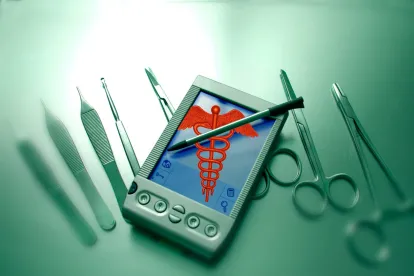On February 9, 2015, FDA issued a final guidance document “Medical Device Data Systems, Medical Image Storage Devices, and Medical Image Communications Devices,” in which the agency finalized a deregulatory policy for certain software devices. FDA’s new guidance document largely confirms the enforcement policies set forth in the draft guidance document FDA issued in July 2014.
Specifically, FDA states that it does not intend to enforce compliance with FDA regulatory controls, including registration and listing, premarket review, postmarket reporting, and quality system regulations (QSRs), for the following device types:
-
Medical device data systems (MDDS) (as defined in 21 C.F.R. § 880.6310),
-
Medical image storage devices (as defined in 21 C.F.R. § 892.2010), and
-
Medical image communications devices (as defined in 21 C.F.R. § 892.2020).
These devices had been regulated as Class I, 510(k) exempt devices and were, therefore, subject to certain FDA regulatory requirements. FDA is now limiting agency oversight over these device types “due to the low risk they pose to patients and the importance they play in advancing digital health.”
An MDDS is a “hardware or software product that transfers, stores, converts formats, and displays medical device data.” An MDDS does not modify the data or control the functions or parameters of any connected medical device and is not used for active patient monitoring. In the final guidance, FDA added clarification and examples of what FDA considers to constitute “active patient monitoring.” As explained in the guidance, devices intended for active monitoring include the following characteristics:
-
the clinical context requires a timely response (e.g., in-hospital patient monitoring), and
-
the clinical condition (disease or diagnosis) requires a timely response (e.g. a monitor that is intended to detect life-threatening arrhythmias such as ventricular fibrillation or a device used to actively monitor diabetes for time-sensitive intervention).
For example, an application that transmits a child’s temperature to a parent/guardian while the child is in the nurse/health room of a school is not considered to perform active patient monitoring. However, a device that receives and/or displays information, alarms or alerts from a monitoring device in a home setting and is intended to alert a caregiver to take an immediate clinical action provides active patient monitoring. Therefore, this device would not be considered an MDDS subject to the enforcement policy in the guidance.
FDA also issued an updated version of its Mobile Medical Applications guidance, to be consistent with the new guidance.




 />i
/>i

